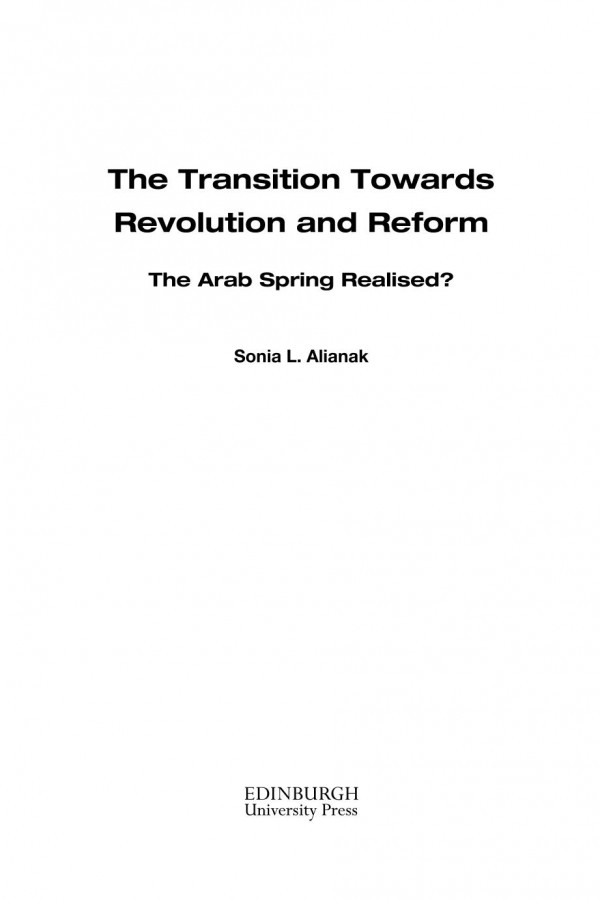

Most ebook files are in PDF format, so you can easily read them using various software such as Foxit Reader or directly on the Google Chrome browser.
Some ebook files are released by publishers in other formats such as .awz, .mobi, .epub, .fb2, etc. You may need to install specific software to read these formats on mobile/PC, such as Calibre.
Please read the tutorial at this link: https://ebookbell.com/faq
We offer FREE conversion to the popular formats you request; however, this may take some time. Therefore, right after payment, please email us, and we will try to provide the service as quickly as possible.
For some exceptional file formats or broken links (if any), please refrain from opening any disputes. Instead, email us first, and we will try to assist within a maximum of 6 hours.
EbookBell Team

0.0
0 reviewsThe Arab Spring created attempts to transition toward democracy by the peoples of Tunisia, Egypt, Morocco and Jordan. This study compares the methods used by the secular leaders of Tunisia and Egypt to deal with people power demanding revolution with the methods that the monarchs of Morocco and Jordan resorted to in accommodating their people’s priority of reform. In contrast with the monarchs, the secular leaders avoided resorting to the palliative of religion to ensure the stability of their rule and were, as a result, unable to survive.
After the Arab Spring, moderate Islamist parties were, at first, elected to lead the populace out of economic deprivation and corruption. But were the ideals of the Arab Spring realised? This study evaluates the relative success of the move to democracy in these four Middle Eastern countries.